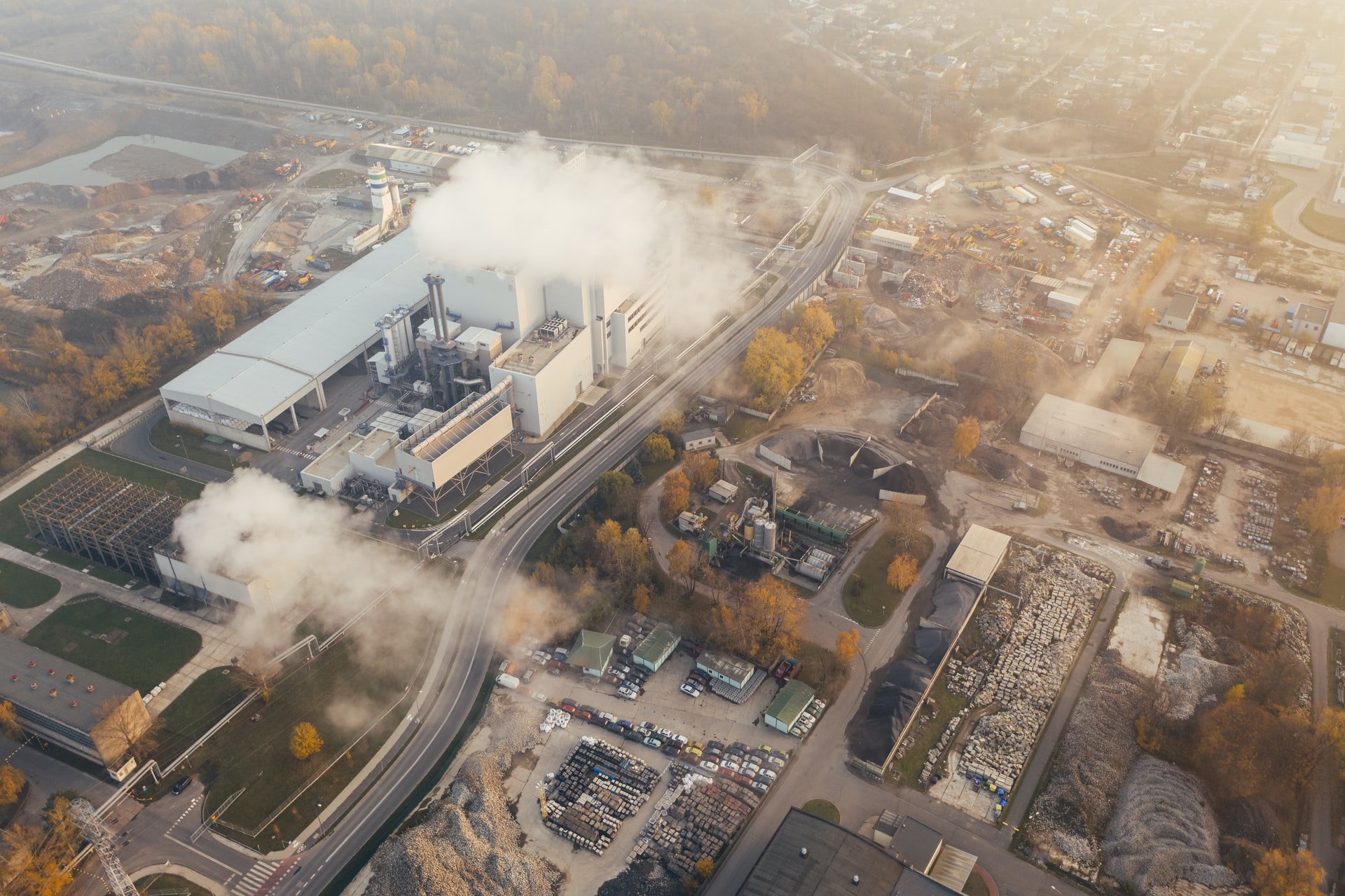
Consumers are becoming more socially conscious than ever, and many online shoppers say they’re more likely to buy from brands that are eco-friendly. You may already be thinking about sustainability in terms of waste, packaging, or other factors in your business, but what about your website?
Whether you are building an ecommerce shop or adding a blog to your site to increase web traffic, you need to be sure your website is not a huge red mark on your business’s sustainability record. Let’s look at why website sustainability is so important and explore some ways to reduce your website’s carbon footprint with the added bonus of improving optimization and UX.
Why consider your website’s carbon footprint?
There is no doubt that modern technology can help the planet, for example, by pivoting from coal and gas to wind, solar, and other sustainable energy sources. What’s more, from 2010 to 2018, data center-based computing increased by 5x, even as the energy consumption of these data centers only increased by 6%. This suggests that the industry is taking steps toward sustainability to offset the energy use associated with its rapid growth.
The average internet user, however, is not taking such steps toward sustainability. According to one source, there’s over 4,000,000 mWh of electricity used and 3 million tons of Co2 emitted daily to power the internet.
Besides the moral or ethical value in going green, people like to see that brands stand for something. So, adopting sustainable practices in your business can help you stand out in your industry and build trust with customers. Not only that, but a more carbon-neutral website is usually faster and more efficient, which can boost your Google rankings and improve user experience.
There are both technical and behavioral steps you can take to reduce the carbon footprint of your business. For example, if you are selling products through your website, you have to consider what you will offer in your checkout and shipping experience. It might be best to charge at least something for shipping to remind customers that, yes, it does cost to send your order in separate packages.
Social norms are powerful in encouraging sustainability best practices, and a website is the perfect public forum to promote this. You can tell your customers what your website and your business is doing to reduce energy waste and encourage them to do the same.
With that, we’ll dive into some ways to make your site more sustainable from the backend and frontend perspectives.
Go green behind the scenes
Be backwards compatible
This tip applies to backend and frontend systems. When you’re building or upgrading any technology, it can be tempting to choose the latest and most cutting edge tools and frameworks. It’s exciting how fast technology evolves, but it can also lead to waste when you need to get new tools or update your systems frequently.
While it’s great to embrace current web standards, when building your website, make sure your systems and frameworks are built for compatibility and longevity. If you do update, make sure it’s still backward compatible with earlier versions of a software or standard. This will not only mean fewer updates and less waste, but it will also reduce the risk that your site doesn’t perform properly on some systems, improving user experience.
Use smart CDNs
A content delivery network (CDN) can be used to shorten the distance between your server and your customers, making things faster and more efficient. With a smart CDN, content will be cached in servers around the world rather than stored locally, so international users will be delivered content from the source nearest to them. This will not only reduce the energy output of your site, it will also improve load speeds, which will keep users happy.
Migrate to the cloud
Cloud servers have a number of waste-reduction benefits. Cloud technology works by allotting businesses only what they use, as opposed to having a shared or dedicated server that is always running independent of traffic levels or required bandwidth.
Migrating to the cloud can save you time and money in operations and maintenance, and it ensures your site is not eating up unnecessary resources that will increase your carbon footprint. Besides that, development, testing, and remote access are easier in cloud-based systems, so this is a great option for online businesses for a number of reasons.
Use auto-scaled or green hosting
If you aren’t able to do serverless, you can still consider a hosting provider that auto-scales resources on dedicated servers. Auto-scaling lets you monitor your resource use and adjust to accommodate peak traffic periods without hindering performance, so this is a good option for big companies that need their own servers to support large websites.
Put your green foot forward
Reduce unnecessary libraries and plugins
HTML, CSS, and Javascript are the main coding languages that any web developer should learn how to use, but too many fancy frameworks using all three at once will slow down page load speed.
Bootstrap, for example, is a common frontend development framework. It requires Javascript, which links to the jQuery library (most of which isn’t used), which requires additional file downloads, and so on. This is just one example, but, in short, sometimes less is more.
Optimize images
Images take up a ton of space to store and can slow down page load speeds. Longer load speeds means more energy waste and an increased likelihood that your prospects will ditch your site for a faster competitor.
There are a few fairly easy ways to optimize images in your site design. For one thing, you can compress them before uploading them to your server to save storage space. You can also write the code to resize images to the maximum width of a user’s screen (or smaller, if that looks better).
Lazy loading is another good option – the practice of delaying the loading or initialization of objects (like images) until they are needed. This prevents your site from loading space-intensive objects unless the user is actually going to see it. Image optimization is also critical for SEO, so you’re killing two birds with one stone.
Embrace minimalism
Related to the above, simplicity is often the way to go when building a business website. You can make a site that looks clean and is easy to navigate without fancy functions or features that add bloat and slow things down.
This will make it easier to make your site mobile-compatible too, which is absolutely critical for online businesses to survive today. You may not be coding your website yourself, so if you’re using templates in a website builder, make sure they’re minimalistic and mobile-friendly so you’re not wasting energy with unnecessary features.
Conclusion
When properly implemented, sustainability efforts in business are a win-win-win for brands, customers, and the planet. There are many ways from the frontend and backend that you can reduce your website’s energy consumption, and in doing so, improve site load times and overall user experience. By following the above tips, you’ll be well on your way to becoming one of the success stories of businesses building professional and carbon-neutral websites.

